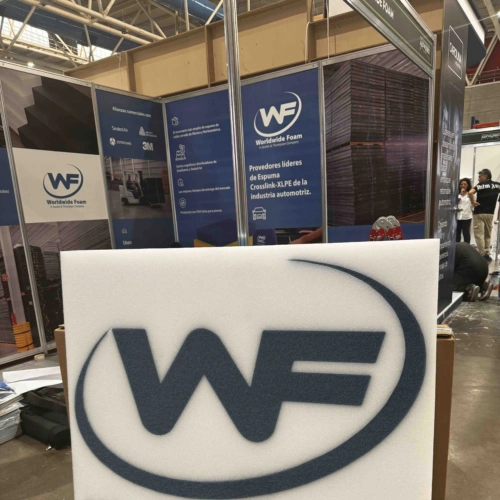| May 06, 2024
Every product and material is unique; they vary in models, shapes, sizes, and dimensions, making packaging, distribution, and storage challenging. However, to achieve optimal results tailored to each product, the thickness and cuts of packaging materials are crucial.
In this regard, we present a new blog discussing the different types of cuts, particularly for materials like Plastazote Foam, along with materials compatible with these cuts.
Cut to thickness: Tailoring to your needs
Cut-to-thickness is a technique that allows adjusting the thickness of Plastazote Foam according to specific project requirements. Thanks to the versatility of cut-to-thickness, it's possible to customize the material's thickness, optimizing space and reducing waste.
Thus, achieving greater control of product protection is possible. Cut-to-thickness is utilized in materials for electronics packaging, safeguarding fragile items like glass or ceramics, and providing cushioning for delicate object packaging.
Splitting: Divide and conquer
Splitting, or progressively horizontally cutting the material into two halves, is a vital technique for attaining precise dimensions in Plastazote Foam and other materials. This method enables total control over the shape and size of each piece.
Thanks to its millimeter precision in dimensions, splitting offers advantages that enhance production efficiency and consequently reduce material waste costs. This cutting method is widely employed in packaging automotive components and safeguarding sensitive medical equipment.
Skiving: Thin yet strong
The skiving technique involves cutting a thin sheet from a thicker block or foam, resulting in a thin but sturdy layer of Plastazote Foam and other materials that perfectly suits the needs of your project.
One of its advantages lies in the ease of obtaining thin sheets without compromising their strength, along with greater flexibility in creating various thicknesses from the same block. This implies compact packaging applications and maximizes resource utilization.
Skiving is recommended for creating transport case liners, cushioning for food packaging, and protecting products sensitive to high or low temperatures.
Skin: First impressions matter
The skin, or outer layer formed during foam manufacturing, is crucial for the integrity and durability of packaging. This dense layer provides a robust surface that shields the interior from damage, inside and out.
By augmenting this feature with a similar type of material on the interior, it's possible to enhance protection from impact and abrasion. Additionally, it helps prolong the product's durability during packaging.
This is why it's commonly used for high-end electronic products, for longer shipments such as international ones, and for storing industrial components.
Looping: Versatility in action
Looping, or loop cutting, provides greater flexibility for potential packaging solutions, offering visually appealing designs that can enhance transparent cases and add aesthetics to promotional products without compromising their integrity.
Transform your packaging with smart cuts
Cutting on materials like Plastazote Foam and PE Foam goes beyond simple manufacturing techniques. They are powerful tools capable of completely transforming how you protect and present your products.
Each technique offers unique advantages that you can utilize to stand out in a competitive marketplace. So, the next time you encounter a packaging challenge, remember: Worldwide Foam's smart cuts can make the difference between ordinary and extraordinary packaging!
Worldwide Foam

We are leaders in the supply of closed cell polyethylene foam in Mexico. We support various industries by offering a wide range of products and complementary services.










